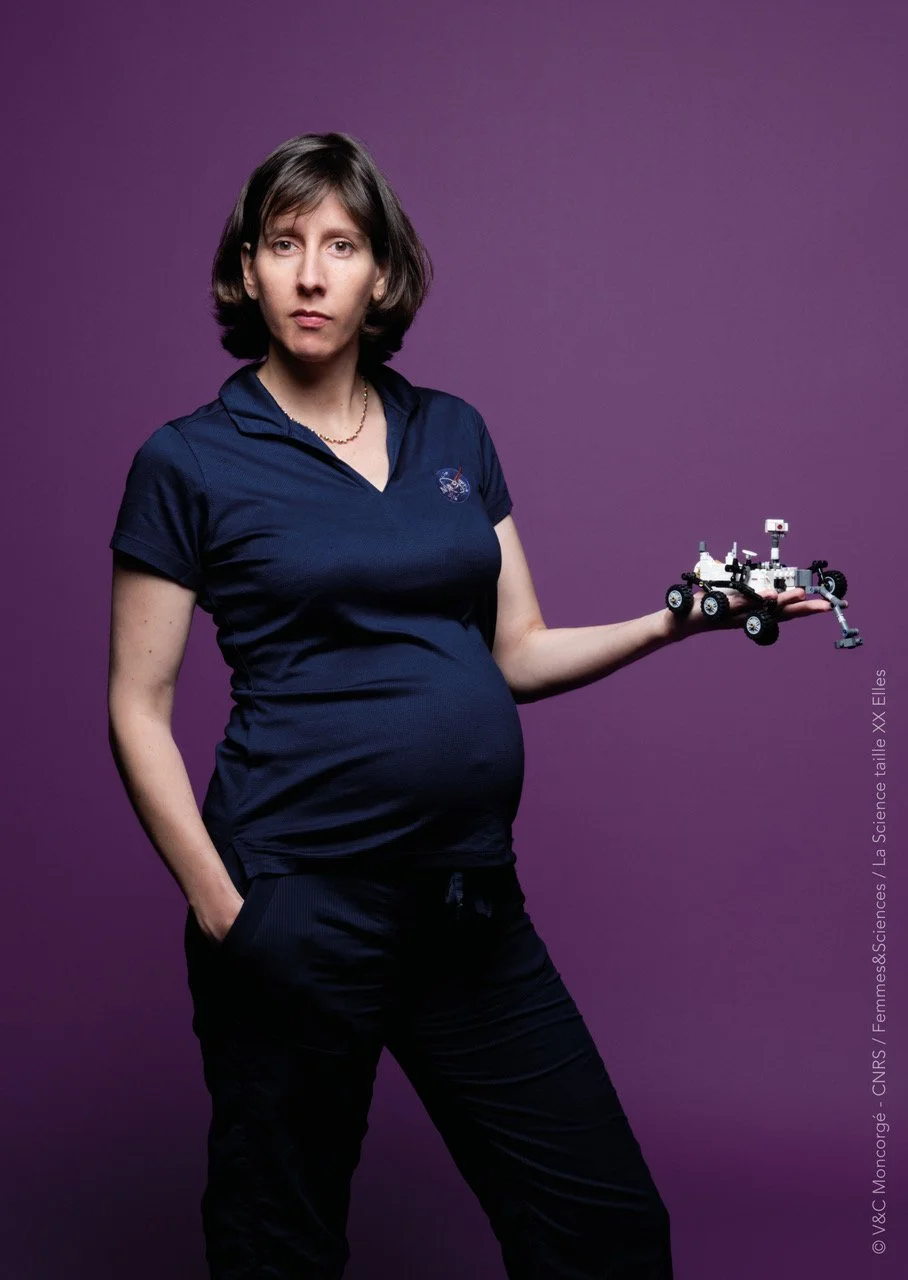Astrobiology Revealed #22: Caroline Freissinet
on organics in Martian mudrocks
by Aubrey Zerkle
For this Astrobiology Revealed, we interviewed Caroline Freissinet, CNRS research scientist at Laboratoire Atmosphères et Observations Spatiales (LATMOS) in Guyancourt, France. In her recent paper “Long-chain alkanes preserved in a Martian mudstone,” Caroline and colleagues reported the exciting discovery of linear long-chain carbon molecules from a mudstone sampled by the Curiosity rover at Gale Crater on Mars. Caroline discusses the challenges of working with off-world instruments, potential sources for the carbon compounds, and how international teamwork is paramount in this and future Mars missions. (This interview has been edited for length and clarity.)
Q: In this series, we've talked with many scientists studying extraterrestrial life from analog and theoretical perspectives. However, this is the first time we've talked with anyone working on actual rover data. What are the main challenges associated with designing experiments and interpreting data from off-world instruments, like SAM?
Designing space instrumentation is super challenging, as it needs to answer both extremely rigorous science objectives and extremely demanding technical constraints. The instruments have to be low mass, low power consumption, highly resistant to vibrations, shocks, and temperature variations (on Mars, we can go from -60°C to +10°C in one day). Nobody’s there to screw in a loose bolt or realign two tubes. The methods also have to be pretty simple, single-step, and realized in a very short time, when in the laboratory we can have a 24-hour, 10-step experiment if that’s what gives the best result. During operations, the challenge is to know what to do and how to do it right the first time: you can’t afford to waste a run because the parameters weren’t optimal. You can even less afford to ruin your chromatographic column or burn your filament!
As per the challenges of data analysis and interpretation, we have to keep in mind that the data are very different from lab data. This is a unique dataset that is analyzed in a unique way. The analysis process is long and complex, and sometimes quite subjective. You can’t analyze the data if you don’t know the instrument's particularities by heart. The data are so complex that we often need to work by directed search: we need to look specifically for some molecules to be able to find them.
Below is a typical spectrum from SAM. Finding a molecule in these spectra is like finding a needle in a haystack.
Q: In your recent paper in PNAS, you reported "long-chain alkanes" in a mudstone from Yellowknife Bay. Can you briefly describe these molecules and how they differ from organic compounds previously found in Martian mudstones?
The detected molecules are 10, 11, and 12 linear carbon chains, known as alkanes or hydrocarbons (decane, undecane, and dodecane, respectively). These differ significantly from previous detections, which were aromatic molecules (i.e., circular rings), with a maximum of 6 carbons. Circular rings are more stable than linear molecules. The fact that fragile linear long-chain molecules are still present at Mars’ surface 3.7 billion years after their formation allows us to make a new statement: if life ever appeared on Mars billions of years ago, chemical traces of this ancient life could still be present today
Q: You stated that these compounds could be derived from either abiotic or biological sources. What are those potential sources?
The organic molecules can be derived from abiotic (non-biological) sources, either from Mars (e.g., igneous, hydrothermal, or atmospheric sources) or from exogenous delivery such as meteorites, comets, or interplanetary dust particles, all known to contain a wide range of organic matter. Abiotic synthesis of alkanes is also known to happen widely through a chemical reaction known as Fischer-Tropsch.
The other possible source is biology on Mars. At this stage, we are unable to differentiate between a biotic or abiotic origin of the long-chain hydrocarbons discovered at Cumberland on Mars.
Q: How would you go about testing definitively whether they’re biological or abiotic in origin? In other words, what would be your dream dataset, and how close are we to being able to generate it?
Curiosity rover is not a life-detection mission. Its main objective was to demonstrate the habitability of Gale Crater, in which it landed. This objective has been successfully achieved. With the new discovery of long-chain alkanes of up to 12 carbon atoms (C12), we are reaching the limits of our instrument. A dream dataset would be to have a greater variety of this same family of molecules (for example, up to C20) and to quantify each of them. If there is an imbalance between the ones with an even number of carbon atoms and the ones with an odd number of carbon atoms, this could be a strong indication of a biological origin. Unfortunately, we can’t reach such high molecular weight molecules with SAM, but we may reach lighter ones and still have a range wide enough to quantify each of them and find a trend.
Q: What's next? Do you and/or the rover team have plans to further analyze this sample, like you suggest above, or to look for similar molecules in other samples?
There are short, medium, and long-term next steps. The short-term one is to use wisely the last Cumberland “doggy-bag” sample we still hold in SAM, a pristine portion of the sample we have kept within our instrument since 2013.
The medium-term step is a subsequent mission, the European ExoMars 2028 mission (renamed Rosalind Franklin), which is the first mission since Viking in 1976 to look directly for life on Mars. ExoMars will be able to drill and analyze samples down to 2 meters below the surface, where the sample is protected against the harsh environment of Mars.
The long-term step is the Mars Sample Return program, aimed at bringing Martian samples back to Earth to analyze them with the higher-end technologies available in our laboratories. This program is highly endangered by the new administration's policies.
Q: Is there anything else you’d like to mention that I haven’t asked you about?
International collaboration is key to the success of a complex planetary mission like Curiosity. Both the engineering and science teams are stronger thanks to international synergy and shared knowledge. SAM is a typical example: it is an international collaboration for both science and hardware. In this particular experiment, two subsystems were coupled together to achieve the discovery of long-chain alkanes: the gas chromatograph, funded by the French space agency (CNES) and provided by French laboratories, and the mass spectrometer, provided by NASA Goddard Space Flight Center. The gas chromatograph allowed the separation of the molecules for the mass spectrometer to identify them individually. Even the instruments are working together, all as one big, successful team.



